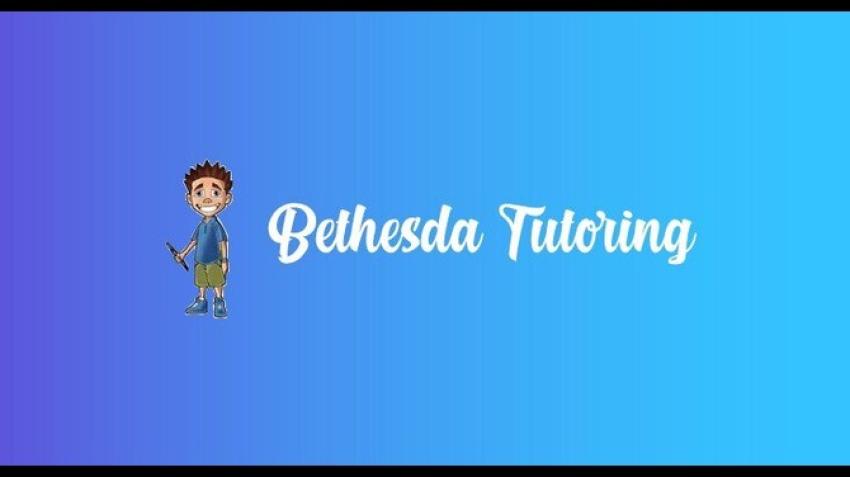
h portraits with haunting accuracy, mimic voices, and write stories that made his classmates laugh or cry. But when it came to math, he hit a wall so tall it made him stop trying to climb. Numbers didn’t talk the way words did. They were cold, strict, and full of silent rules he couldn’t decipher.
It wasn’t that he was lazy. He stayed up late trying to decode assignments. He watched videos online and copied down formulas in the margins of his math notebook. But still, tests returned with red marks like bruises. And slowly, Elias started to believe the worst lie of all—that he just wasn’t smart enough.
His mom noticed before he said a word. One night, she placed her hand gently on his shoulder and asked, “What if there’s another way to learn math—one that understands how you think?”
He didn’t respond. But she left a card on his desk. Just a simple, understated card with a name that sounded nothing like the usual tutoring ads:
Math Tutoring – For learners who see the world differently.
Elias shrugged. Maybe it was another system trying to turn him into someone he wasn’t. Still, curiosity flickered.
When he showed up for his first session, he expected long lectures, drills, or being asked to recite multiplication tables like some ritual chant. Instead, he met a tutor named Jonah—someone who reminded Elias more of a storyteller than a mathematician. No lab coat. No cold clipboard. Just a notepad and a question:
“Before we talk about math,” Jonah said, “tell me what you’re good at.”
Caught off guard, Elias shrugged. “Drawing, I guess.”
Jonah grinned. “Perfect. Then let’s draw your way into math.”
From that moment on, everything changed.
Math wasn’t introduced as numbers, but as pictures. Graphs became landscapes. Fractions became parts of creatures Elias sketched himself. Word problems transformed into comic strips. Jonah didn’t ignore the numbers—he translated them into Elias’s language.
“You’re not broken,” Jonah said one day, as Elias solved a problem he would’ve skipped before. “You’ve just been trying to read music with the wrong instrument.”
The metaphor stuck. Elias had never wanted to be a mathematician. But slowly, he started to appreciate what math actually was: a secret structure that held the universe together. A language too often taught without rhythm or soul.
With Jonah’s help, Elias began to decode it. Slowly at first. He stopped second-guessing himself when estimating. He learned how to pause and see the problem instead of panicking. They broke large problems into small visual steps, almost like storyboard frames from one of Elias’s comic pages.
One night, after their session, Jonah slid a test across the table. “I want you to take this—quietly, no rush. Just you and the numbers.”
Elias hesitated. “A real test?”
“Just a mirror,” Jonah replied. “Let it show you who you’ve become.”
Elias took the test, and for the first time, didn’t feel the tick of a cruel clock. He found patterns. He skipped and returned. He felt—calm. He didn’t even check his score right away. That part wasn’t the point anymore.
A few days later, he got it back. The number at the top was 86. Not perfect. Not genius. But to Elias, it felt like flight.
When he showed his mom, her eyes sparkled.
“You’ve worked hard,” she said.
Elias smiled. “I finally understand it.”
Jonah and Elias kept meeting. They talked about geometry as if it were architecture. Algebra became a puzzle he wanted to solve. They even explored bits of calculus—just to peek ahead. Jonah didn’t push. He simply offered.
And Elias kept rising.
He no longer hid at the back of math class. Sometimes, he even volunteered answers. His teacher began calling him “the silent solver”—a title that made Elias laugh, because now, math didn’t feel like silence at all.
He knew how to listen to it.
And more importantly, it had finally learned how to speak to him.


